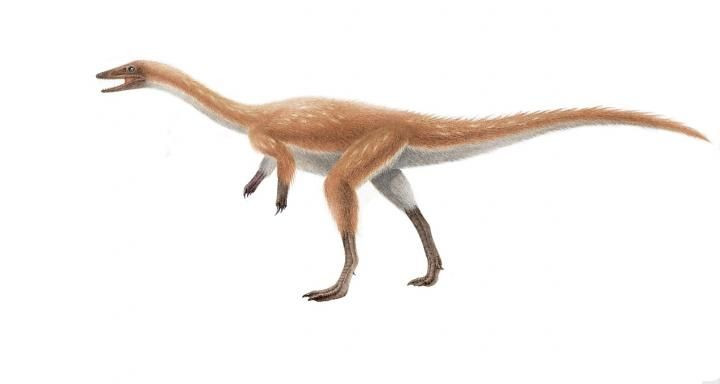2 Ancient Dinosaurs With Long, Clawed Forelimbs Identified From Chinese Fossils

An international team of paleontologists identified two species of dinosaurs, which had long, clawed forelimbs and roamed Earth during the Cretaceous period or between 146 and 66 million years ago.
The ancient dinosaurs, now named Bannykus wulatensis and Xiyunykus pengi, were discovered from fossils unearthed during two separate expeditions led by researchers from the Institute of Vertebrate Paleontology and Paleoanthropology of the Chinese Academy of Sciences, Beijing.
Bannykus was found in 2005 in Zhunggar Basin of northwestern China, while Xiyunykus’ remains were spotted four years later in Mongolia, north-central China. The analysis of their physical features, particularly their teeth and arms, over ensuing years gave scientists more to learn about the incremental evolution of their combined genus — alvarezsaurian dinosaurs.
According to the latest fossil record, alvarezsaurids were very similar to flightless birds. They had extremely short forelimbs, strong single claw, and long, tube-shaped snouts for feeding on ant-like insects.
However, due to a massive 90 million-year-long gap between the latest and oldest fossils of alvarezsaurian dinosaurs, scientists have not been able to piece together their evolutionary and geographic history. This is where the discovery of Bannykus and Xiyunykus comes in.
These dinosaurs existed right at the middle of the 90 million-year-long gap and are serving as a missing link in the case. Essentially, after comparing the physical traits of the two species with the oldest and latest alvarezsaurian dinosaurs, the team got insight into how the animals transitioned from meat to insect eaters.
The oldest alvarezsaurids had very long arms with hands specialized for grasping small prey, while the earliest ones had compact forelimbs with a functionally monodactyl hand for digging or tearing open rotten logs. Between the two were Bannykus and Xiyunykus that had pretty long but clawed hands.
"The new fossils have long arms, and so show that alvarezsaurs evolved short arms only later in their evolutionary history, in species with small body sizes,” co-author Roger Benson of Oxford University said in a statement. “This is quite different to what happens in the classic example of tyrannosaurs, which have short arms and giant size".
The fossil discovery not only provided more insight into the physical evolution of alvarezsaurian dinosaurs due to dietary transition, but also confirmed they dispersed across the globe from a common evolutionary ancestor in Asia.
“The fossil record is the best source of information about how anatomical features evolve,” study co-author James Clark said in the statement, adding that “like other classic examples of evolution such as the ‘horse series,’ these dinosaurs show us how a lineage can make a major shift in its ecology over time.”
The study was published in the journal Current Biology.

© Copyright IBTimes 2024. All rights reserved.





















